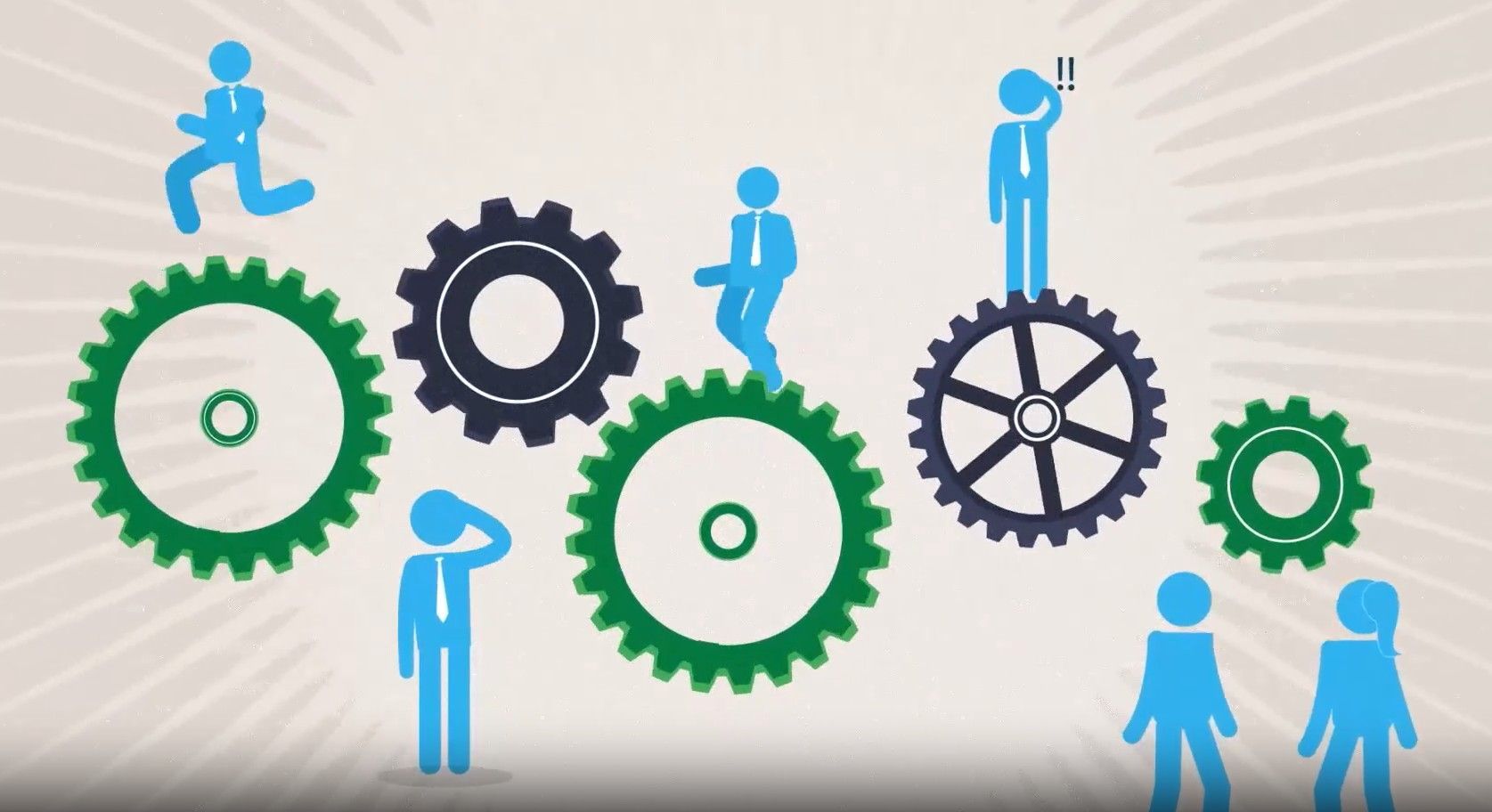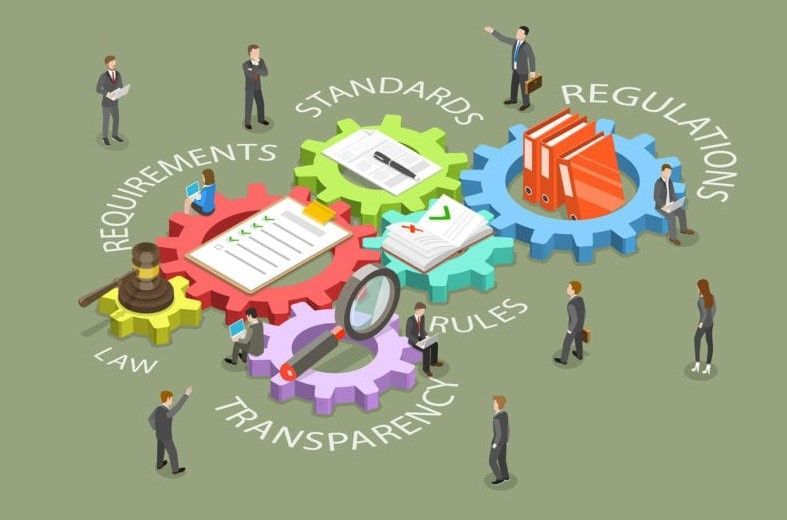The ABCs of RFPs
August 14, 2025
Recently, we’ve been getting more questions in our consultative selling training course, FOCIS®, about how to handle requests for proposals. The number of RFPs received both by companies and professional services firms seems to be increasing.
How can you maximize your chances of winning?
Here are two myths about RFPs and three realities we believe can help answer that question.
Myth #1: Companies that create RFPs know what they want.
Well, sometimes they do. More often, though, they know what they think they want but don’t understand what they need. Most buyers don’t know as much about what they’re buying as sellers know about what they’re selling. In other words, they don’t know what the best possible outcome is. You are the expert. That’s why they sent you an RFP. You know what the best outcome is because you know a lot more about what’s possible. Knowledge is in fact power. To learn more, see Myth #2.
Myth #2: RFPs are sacred.
No, they are not. Most RFPs are designed with the mistaken notion that they will “equalize” competitors and produce the best all-around “deal.” Again, sometimes that’s true. Mostly, though, one of three things happens, none of them good for salespeople.
First, sellers are driven to compete severely on price. The ones with the lowest price may be the ones who really need the business, not the ones who can do the best job. Even highly qualified companies must work harder to communicate their value.
Second, to take share, sellers who can afford to may low-ball the price. But spending more than you make doesn’t work forever. And losing regularly because your price is too high doesn’t make much sense either. Both kinds of sellers need a new way to compete.
Finally, the companies that don’t really need the business may simply choose not to participate. And that might be OK in the short term. But substantive growth doesn’t occur without truly new customers or clients. Sit on the sidelines too often, and you’llsoon be out of the game. (And, when a seller who can deliver great value sits out, the buyer can be hurt too.)
So what realities can help you make the most of such opportunities, like it or not?
Reality #1: You can (and should) beat your target market to the punch. Don’t just sit back and be reactive. Instead, be proactive. Identify and call on companies that fit your target profile. Begin a relationship before an RFP is needed, and you might short-circuit the process. Are you building a relationship by providing value? If so, why should a buyer go through a complex and time-consuming process when a suitable source (you) is right there?
Reality #2: You can (and should) ask you own questions. Gain competitive advantage by performing discovery within the RFP process. What does that mean?
Pick up the phone, call the buyer, and say, “Thanks very much for your RFP. There are a few things I’d like to clarify.” Ask questions that show your sincere concern for the prospect and that reveal your expertise. Raising new questions delivers value, and you may well become a trusted source. Even if you don’t win this time, you’ll have a leg up the next time.
But most important is that you will probably learn of an issue or two not specifically communicated in the RFP. That’s a real advantage, if you know what to do with it. To learn more, see Reality #3.
Reality #3: You can (and should) change the rules. Or at least try to. Some salespeople call this “sabotaging” an RFP.
Here’s an example. Asked to bid on resolving an international tax issue, partners at a professional services firm delivered their proposal in November and in person (always a good idea). The prospect strongly implied they would get the business but not to check back until the new year.
We first met with the partners in December. They were quick to say that they would be celebrating on New Year’s Eve because a major piece of business was coming their way. “When was the last time you spoke with the prospect,” we asked. Early November, they replied, when they submitted the bid. They were surprised and not a little annoyed when we told them we didn’t think they would receive the business. Even more so when they heard our valuable, albeit complimentary, advice: “You should re-engage the prospect immediately.”
In our experience, companies that place a major piece of business want to move on it right away. That means they are always in touch with the winner to sort out last-minute details before an official announcement. No chatter means no business.
In fact, a competitor “out-discovered” the firm to unearth a muddy but important issue not in the RFP. Senior executives wanted the tax issue resolved, yes, but their real fear was that they had no idea about how big the problem was. The RFP was about what they thought they wanted to know, not what they needed to know. (See Myth #1.)
Key Point: The successful bidder ignored the RFP. Instead, he proposed a much less expensive audit to determine the extent of the tax issue. Not only did he get the assignment he created; he also positioned himself to solve the problem he was going to identify. He won because he was the only bidder to quote the “revised” specifications, which none of the other bidders even knew about.
Now, we are not saying that rules are made to be broken. What your third-grade teacher (and your mom and your dad) told you about the value of following directions is true. On the other hand, we do believe that under the right circumstances giving serious thought to what certain rules really mean only makes sense.
To learn more about what we mean by that, give us a call. We have helped many firms win RFPs as well as “beauty contests,” “bake-offs,” and “shoot-outs.”
The post The ABCs of RFPs appeared first on Productive Strategies, Inc..










